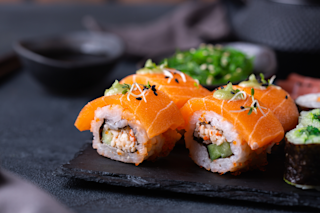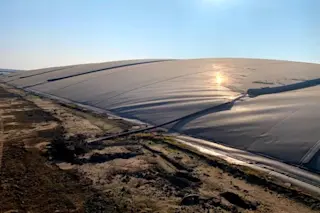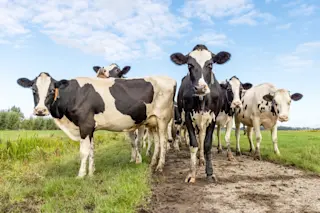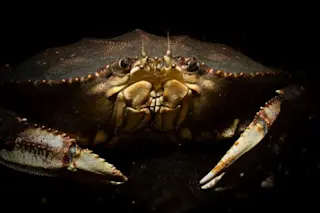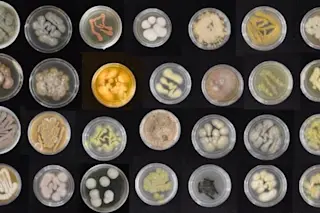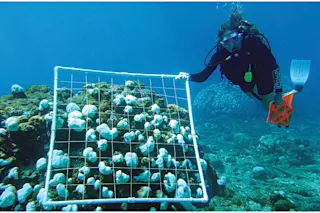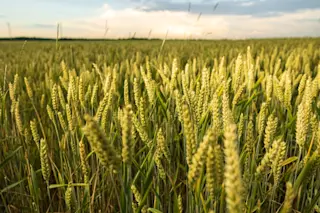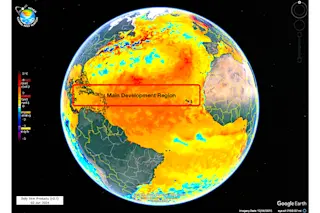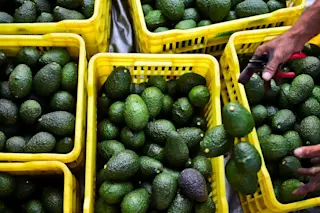A new study published in PNAS confirms that food products made from animals are far more environmentally damaging than those made from plants or microorganisms. While that might not come as a surprise to many of us, the sheer scale of the study makes the ecological consequences of our current food systems an increasingly tough problem to ignore.
Researchers from the University of Oxford estimated the environmental impact of 57,000 food products, including the greenhouse gases emitted by the production of each food type. But they also looked at land use, water use and the potential for byproducts to pollute our rivers and lakes with nitrogen.
After crunching the numbers, the scientists concluded that many alternatives to meat have less than one-fifth and sometimes just one-tenth the environmental impact of their meat-based counterparts. “We have taken a significant first step toward providing information that could enable informed decision,” said lead ...



